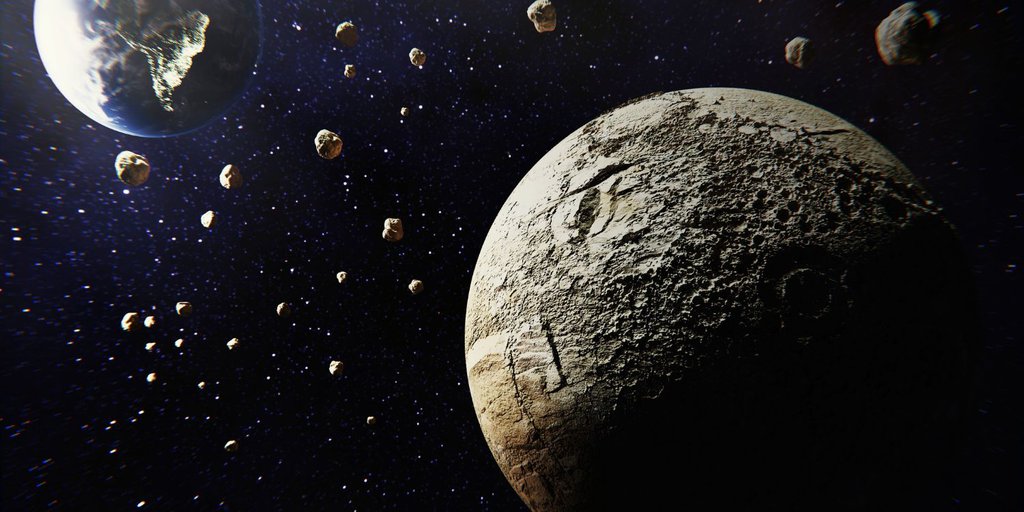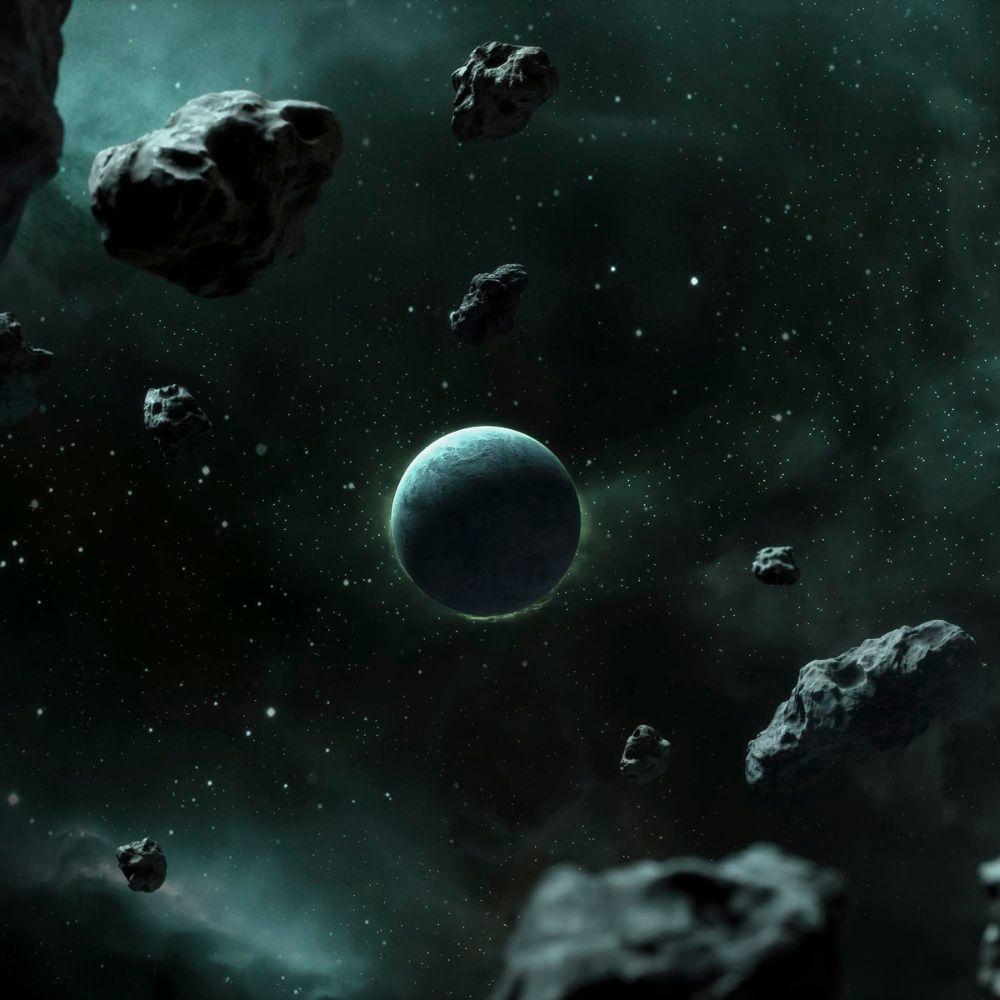
In a groundbreaking discovery, scientists have identified water on the surface of two asteroids, marking a significant milestone in our understanding of water distribution in the solar system and its potential role in the origins of life on Earth.
The Discovery
These asteroids, with diameters of 124 miles and 84 miles, formed near the sun and likely contain water in various forms, such as trapped within silicate glass beads or bound to mineral surfaces. This revelation challenges previous assumptions that water would have evaporated from asteroids in the inner solar system due to solar heat. The discovery of water on these asteroids supports the theory that water did not originate on Earth but was delivered through asteroid impacts. As asteroids continually interact with planetary gravity, understanding their composition helps elucidate the distribution of materials within the solar system. Moreover, the presence of water on these asteroids has significant implications for the search for extraterrestrial life. Water is a fundamental requirement for life as we know it, and knowledge of its distribution in the solar system informs our search for habitable environments beyond Earth.
What the Experts Say
Lead author of the new study and asteroid researcher at the Southwest Research Institute, Anicia Arredondo, released a statement saying, “Asteroids are leftovers from the planetary formation process, so their compositions vary depending on where they formed in the solar nebula. Of particular interest is the distribution of water on asteroids, because that can shed light on how water was delivered to Earth.” Astrophysicist at the University of Southern Queensland in Australia, Jonti Horner, added, “Asteroids, comets, and their associated dust and debris are continually being nudged around by the gravity of the planets—changing the paths they follow through space. Because water is necessary for all life on Earth, [it] will drive where to look for potential life, both in our solar system and beyond.”

The research isn’t done yet! According to Arredondo, “We have another proposal in for the next cycle to look at another 30 targets [with Webb]. These studies will increase our understanding of the distribution of water in the solar system.”